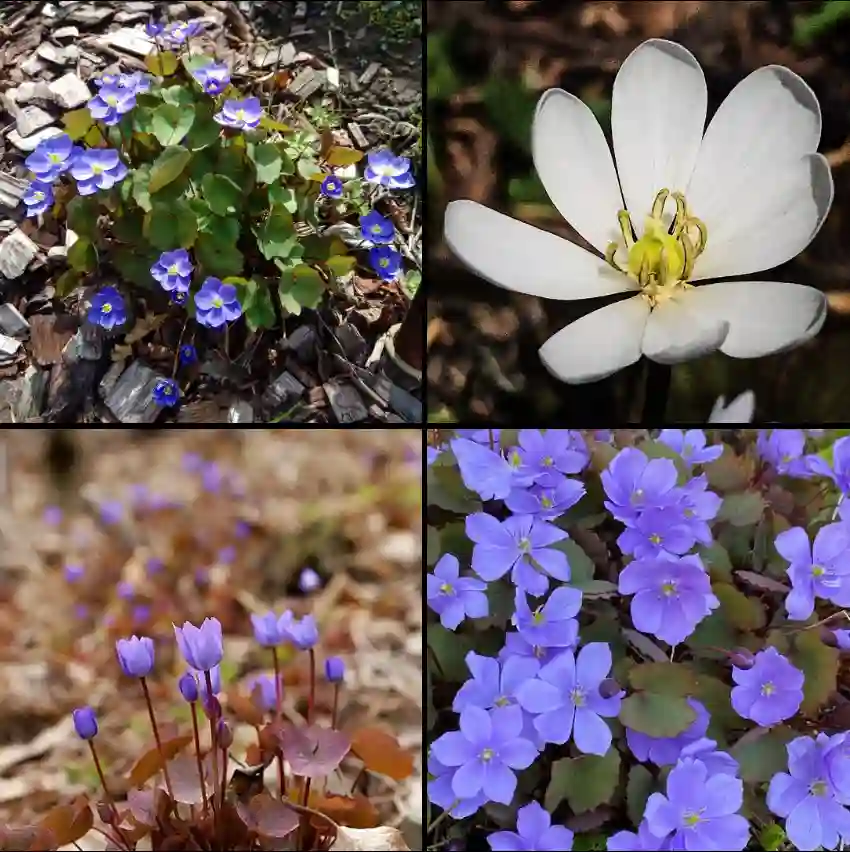
FAQs About Eucalyptus Pulverulenta: A Comprehensive Guide
If you’ve ever admired the silvery, blue-green foliage of Eucalyptus Pulverulenta, you’re not alone. This striking plant, commonly known as the Baby Blue Gum, is a favorite for both gardeners and indoor plant enthusiasts. I’ve had my share of experiences with this plant, and I’m excited to share everything I’ve learned about it.
803 Species in Genus Eucalyptus
What Is Eucalyptus Pulverulenta?
Eucalyptus Pulverulenta is a small to medium-sized evergreen tree native to Australia. It’s renowned for its attractive, rounded, and silvery leaves that give off a subtle fragrance when touched. This species is often grown for its aesthetic appeal and is a popular choice for ornamental gardens and landscaping.
How to Grow Eucalyptus Pulverulenta?
Growing Eucalyptus Pulverulenta can be a rewarding experience if you get a few basics right. Here’s what you need to know:
- Sunlight: This plant thrives in full sunlight. Aim to give it at least 6 to 8 hours of direct sunlight each day. In less sunny conditions, the growth may be spindly, and the plant might not display its full silver foliage.
- Soil: Eucalyptus Pulverulenta prefers well-draining soil. Sandy loam or a mix that includes some sand and compost works best. Avoid heavy clay soils as they tend to retain moisture and can lead to root rot.
- Watering: While the plant is drought-tolerant once established, regular watering is essential for young plants. Water it thoroughly but allow the soil to dry out between waterings. Overwatering can be detrimental.
- Temperature: This eucalyptus is quite hardy and can tolerate a range of temperatures, but it prefers a mild to warm climate. It’s not frost-tolerant, so if you live in an area with harsh winters, you might need to provide some protection.
- Fertilizing: Eucalyptus Pulverulenta doesn’t need a lot of fertilizer. A balanced, slow-release fertilizer applied in the spring should be sufficient to keep the plant healthy.
How to Care for Eucalyptus Pulverulenta?
Caring for Eucalyptus Pulverulenta involves more than just basic planting. Regular maintenance will ensure that your plant remains healthy and vibrant:
- Pruning: Regular pruning helps maintain its shape and encourages bushier growth. Remove any dead or damaged branches as needed. Prune during the late winter or early spring before new growth begins.
- Pest Control: While relatively pest-resistant, Eucalyptus Pulverulenta can occasionally attract pests like aphids or scale insects. Regularly inspect your plant and use insecticidal soap or neem oil if you notice any infestations.
- Mulching: Applying a layer of mulch around the base of the plant helps retain soil moisture and regulate temperature. Just make sure the mulch doesn’t touch the trunk to prevent rot.
How to Propagate Eucalyptus Pulverulenta?
Propagating Eucalyptus Pulverulenta can be done through seeds or cuttings:
- From Seeds: Sow seeds in a seed tray filled with a well-draining potting mix. Keep them moist and warm until they germinate. Transplant the seedlings to larger pots or directly into the garden once they’re large enough to handle.
- From Cuttings: Take semi-hardwood cuttings in late summer. Dip the cut ends in rooting hormone and plant them in a pot filled with a mix of sand and perlite. Keep the cuttings in a warm, humid environment until they root.
What to Plant With Eucalyptus Pulverulenta?
Eucalyptus Pulverulenta pairs well with a variety of other plants. Consider planting it alongside:
- Lavender: The silver leaves of Eucalyptus Pulverulenta complement the purple blooms of lavender, creating a beautiful contrast.
- Native Grasses: Australian native grasses like Lomandra or Poa can complement the eucalyptus’s unique foliage.
- Succulents: For a low-maintenance garden, pairing with succulents like Aloe or Sedum can create an interesting, drought-tolerant landscape.
Can You Grow Eucalyptus Pulverulenta Indoors?
Growing Eucalyptus Pulverulenta indoors is possible but challenging. It requires plenty of sunlight, so a south-facing window or grow lights are essential. Keep in mind that it may not grow as large indoors and might need regular pruning to maintain its size.
Is Eucalyptus Pulverulenta Toxic?
Eucalyptus Pulverulenta is generally considered non-toxic to humans and pets. However, it’s always a good idea to prevent pets from chewing on any houseplants, as excessive ingestion could cause digestive upset.
Benefits of Eucalyptus Pulverulenta
The Eucalyptus Pulverulenta offers several benefits:
- Aesthetic Appeal: Its striking foliage adds a touch of elegance to any garden or indoor space.
- Air Purification: Like many eucalyptus species, it can help purify the air by releasing essential oils.
- Drought Tolerance: Once established, it requires minimal water, making it a great choice for low-maintenance gardens.
Common Problems
Even with the best care, Eucalyptus Pulverulenta can face some issues:
- Leaf Drop: This can occur if the plant is stressed by overwatering or poor drainage.
- Pests: Watch out for pests like aphids or scale. Regular inspection and treatment can keep them at bay.
- Fungal Diseases: Poor air circulation can lead to fungal issues. Ensure good spacing and avoid overhead watering.
Compare with Other Eucalyptus Species
When compared to other eucalyptus species like Eucalyptus Globulus (Blue Gum) or Eucalyptus Citriodora (Lemon Eucalyptus), Eucalyptus Pulverulenta is smaller and more suited to container growth. It also has a distinctive silver-blue foliage that sets it apart from the more traditional green eucalyptus varieties.
I hope this guide helps you in your journey with Eucalyptus Pulverulenta. Whether you’re adding it to your garden or growing it indoors, this plant can be a beautiful and rewarding addition.
If i die, water my plants!



